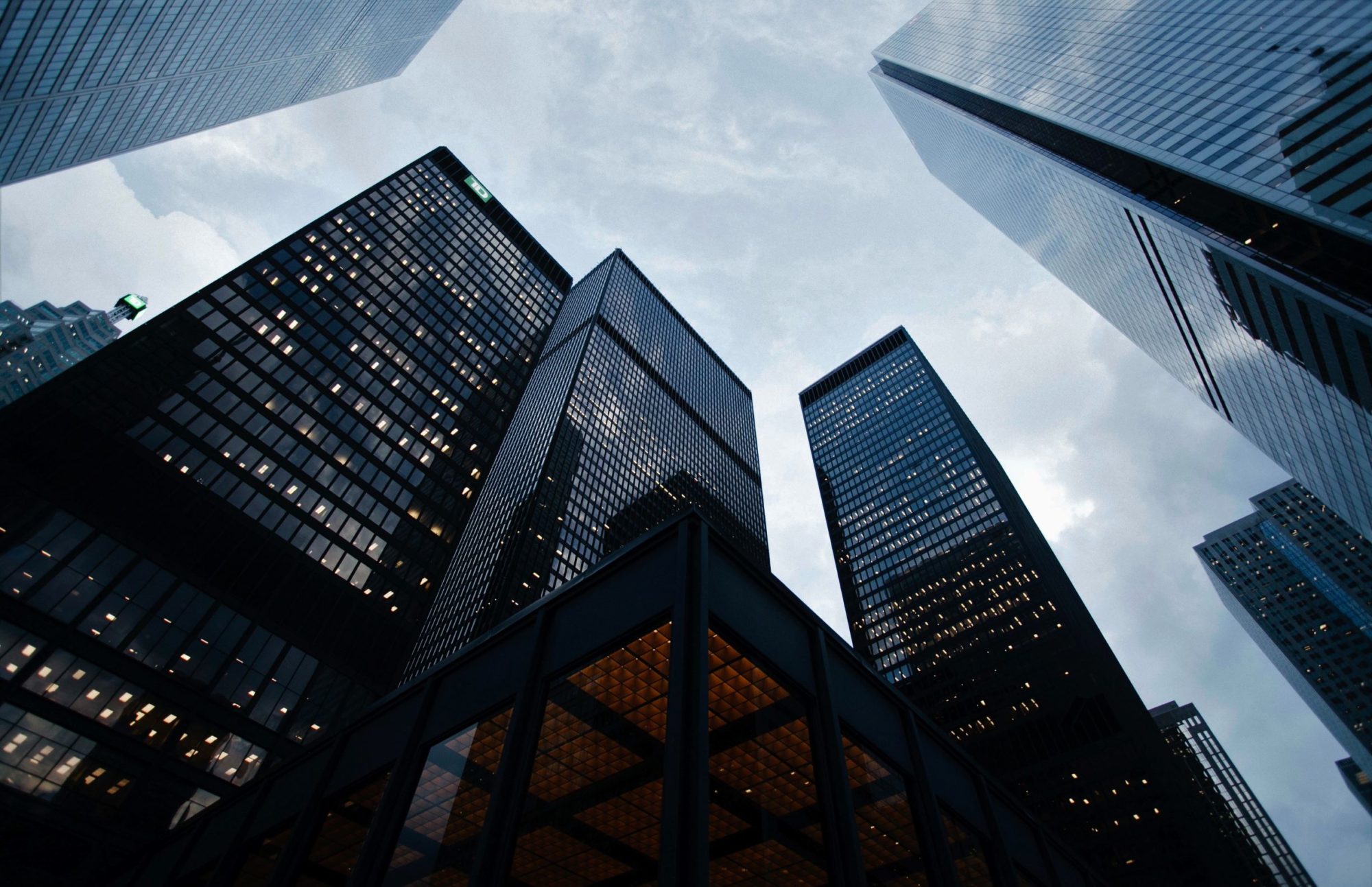What is Experience Economy
Experience Economy is the 4th phase of economy where service is no longer a benchmark product but customer experience is. Consumer will pay for experience while buying the product from the mall or just to be in the shopping center ( can you imagine).
Customer brand journey is influenced by the experience provided by the brand. As per B. Joseph Pine II , ” To create the desired impression, companies must provide cues that affirm the nature of the experience.”
As per India context, customer now has choices in abundance packaged differently both as a part of experience and non experiential offerings. However, average youth is also in fear of job security ( thanks to fast changing technology), unstable relationship, and other social insecurities which limit their long term investment plans such as housing, etc. Therefore more people are spending their money into experience rather than spending on buying house or gold, or an expensive car ( though it is subject to vary in different region or pockets of target segment)
The Characteristics of Experience
Business can no longer continue to offer service and products only. They need to go beyond to sell experience, and that comes with certain defined characteristics. They are:
Participative ( active and passive participation of customers) – Imagine an event where user/ customers can participate by experiencing the even staged by brand , and those who are onlookers but are learning by watching the participants experiencing the event. Another example of passive participants could be customers who pay for rock concert to listen and enjoy the songs. While active participants are the one who pay for a tech event to use the newly launched products to get the first hand experience ( before they actually buy from retail stores at later point of time). Similarly participants of the midnight marathon race for cause or awareness campaign, however visitors who turn up to watch the event are not passive participants but equally contribute to the thrilling experience of the marathon event that others experience.
Connection – This dimension of experience has to do with the environment of the event or stage of the experience. It connects the user / customer with the event or performance. The sub characteristics of the Connection is absorption and immersion . Brands need to walk this characteristics to define or stage targeted experience. People sitting in Stands in the Budh International Circuit would experience differently from the people who are in the middle of the track/ circuit ( as officials, volunteers or otherwise)
Emotional – This dimension is non tangible effect of the experience. The experience can be felt while consuming a tangible product also. Such as eating a cake baked by a home baker. Cake is traditionally a symbol of celebration and instantly gives you a sense of taste and a memory associated with cake. Remember the last time someone got you a cake in our birthday! Cake connects people with memorable occasions. It has to do with emotion and the experience of eating a tasty and creatively sugar crafted cake is one of the most fulfilling experience one can buy or gift. Similarly a well decorated bakery shop with warm sitting corners has the potential to attract guest to pay for that experience + the cake! ( compared to the regular bakeries which might sell similar cakes in less price). Apnacake is one such online directory for home bakers in India which is creating easy search experience to help customer connect the nearest home baker.
We call it Positive Contamination of the Market in the Experience Economy.
If you are up for growth then your innovation team should create Positive Contamination that should resonate with your brand offering. How you can do this in retail market ( is the next blog topic).
CONCLUSION
There is no end to creativity and brands should stage experience. Be bold and experiment enough…


